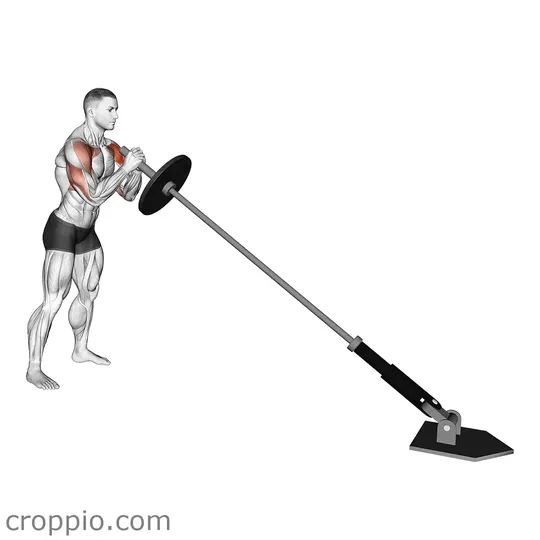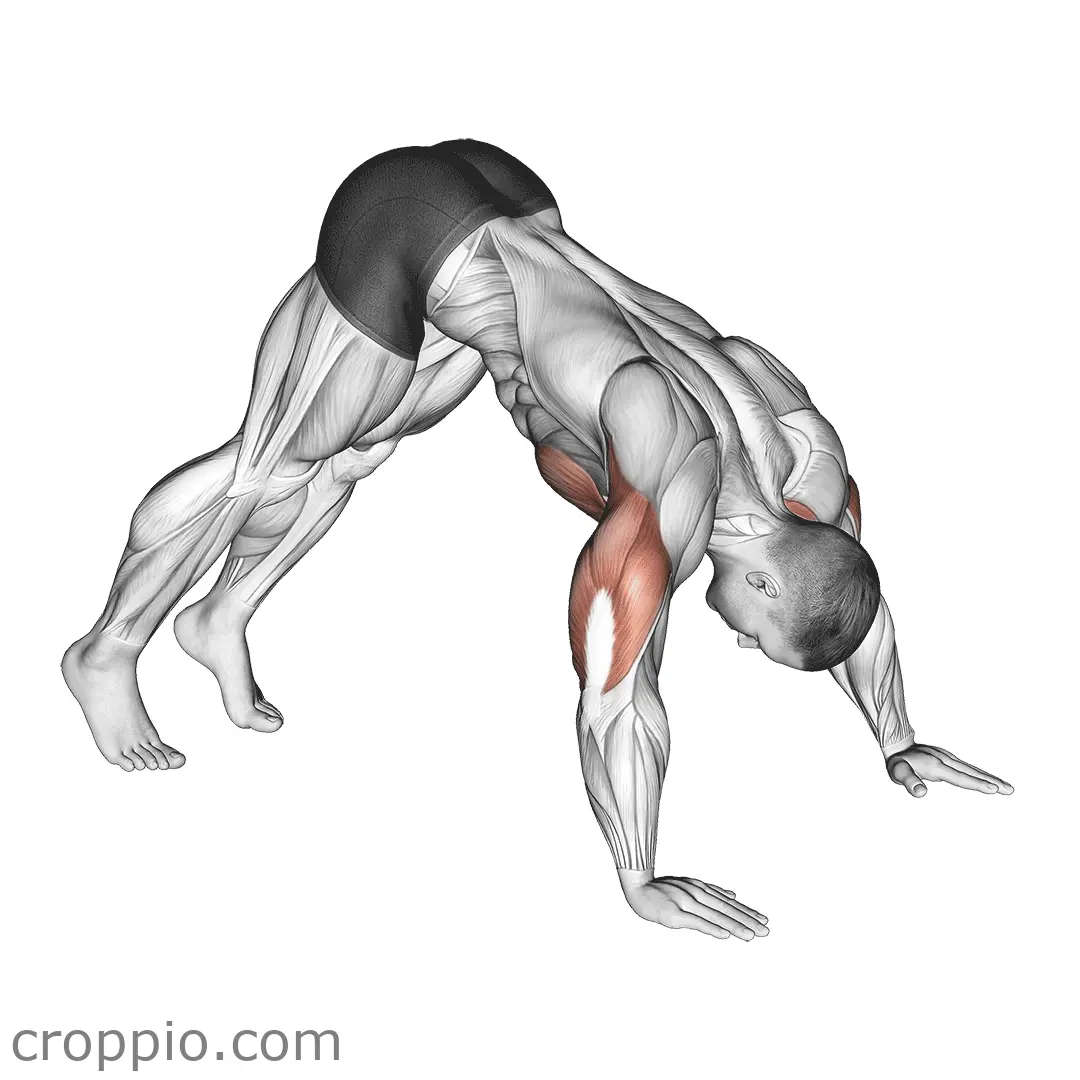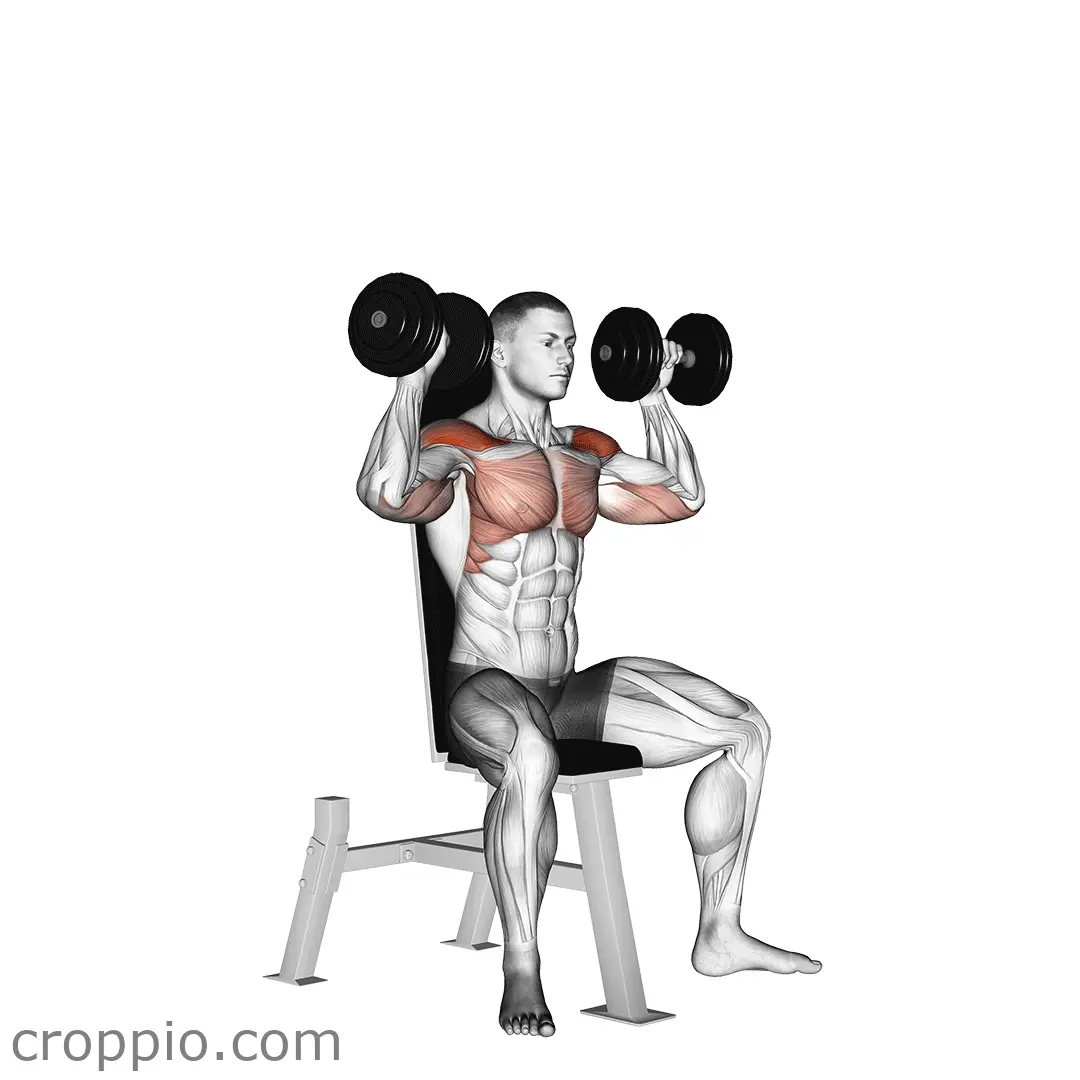Standing Landmine Press

Muscles Involved
The standing landmine press primarily targets the shoulders, specifically the deltoids, which are responsible for lifting and rotating the arm. The triceps also play a crucial role in extending the elbow during the pressing motion. Secondary muscles engaged include the upper chest (pectoralis major), upper back muscles (trapezius and rhomboids), as well as the core muscles, which stabilize the body throughout the exercise. This combination makes the standing landmine press effective for developing shoulder strength and enhancing overall upper body stability.
Top Mistakes
- Failing to engage the core, leading to excessive arching of the lower back.
- Using momentum instead of controlled movement to lift the weight.
- Neglecting proper alignment; allowing the elbows to drift out too far or in too close.
- Not fully extending the arms at the top of the lift, which limits muscle engagement.
Execution Tips
- Start with your feet shoulder-width apart for better balance and stability.
- Hold the barbell attachment with both hands, ensuring your grip is firm and aligned with your shoulders.
- Engage your core throughout the movement to prevent excessive back strain.
- Push the barbell upward in a straight line, fully extending your arms at the peak of the press before lowering it back down to chin level.
- Maintain a neutral wrist position to avoid strain while actively pressing the weight.
Workouts
The standing landmine press can be effectively integrated into a strength training routine. A recommended approach is to perform 3 to 4 sets of 8 to 12 repetitions, allowing ample rest (60-90 seconds) between sets. This exercise can serve as a centerpiece of an upper body workout alongside complementary exercises such as bent-over rows, push-ups, and lateral raises. For a well-rounded session, consider pairing it with lower body movements like squats or deadlifts for a more comprehensive workout.
Conclusion
The standing landmine press is an excellent exercise for building upper body strength, particularly in the shoulders and triceps. Its unique standing position promotes core engagement and stability, which is crucial for overall functional fitness. Incorporating this exercise into your routine not only enhances muscle strength but also improves your athletic performance and postural alignment.



